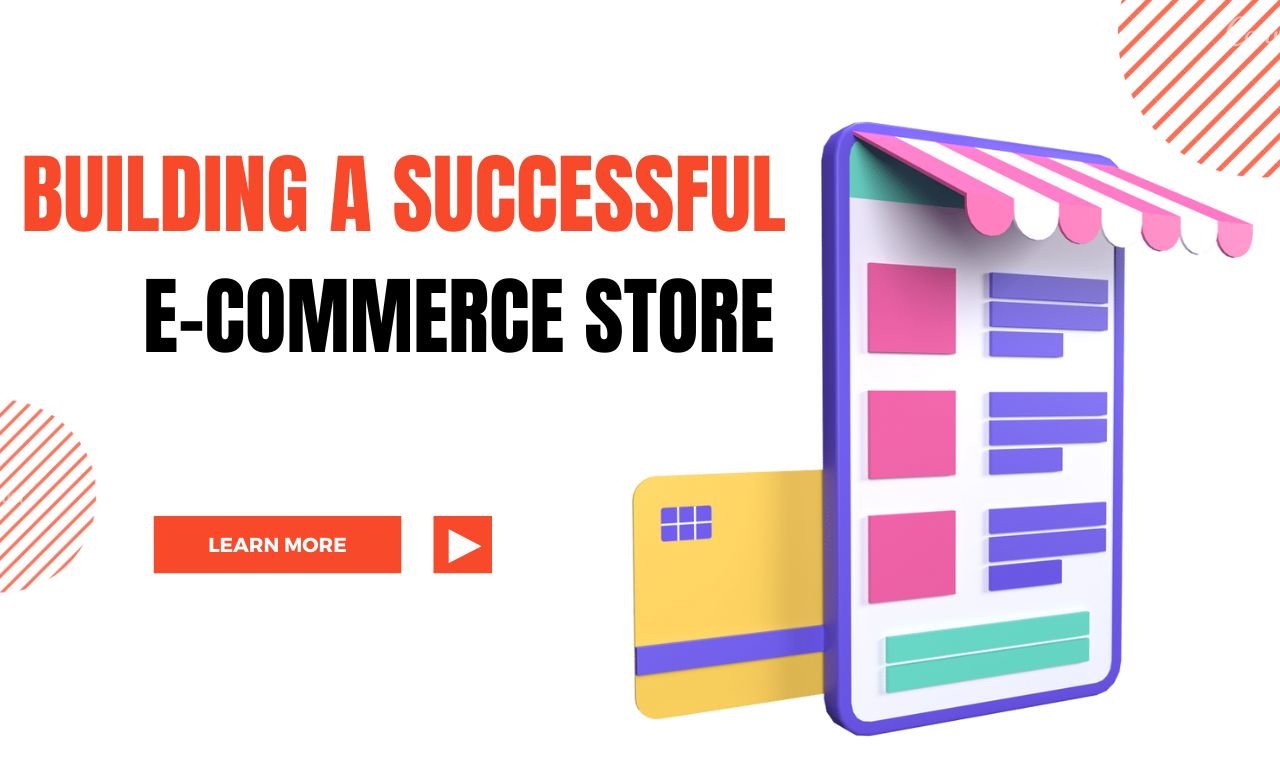
Check Our Gig on Fiverr for e-commerce website design
Other sellers on Fiverr
eCommerce Website Design: In the digital era, a well-designed eCommerce website can be a game-changer for businesses. It’s not just about selling products or services; it’s about providing an exceptional online shopping experience that keeps customers coming back for more. Let’s explore the essential elements that contribute to the best eCommerce website design.
1. User-Friendly Navigation
The foundation of any great eCommerce website is its navigation. Visitors should be able to effortlessly find what they’re looking for. Implement clear, intuitive menus and a well-structured product hierarchy. Include a prominent search bar to help users quickly locate products.
2. Mobile Responsiveness
With the majority of online shoppers using mobile devices, your website must be responsive. Ensure that your design adapts seamlessly to various screen sizes and resolutions. Mobile optimization is crucial for a positive user experience and higher search engine rankings.
3. High-Quality Product Imagery
Visuals matter in eCommerce. Use high-resolution images that showcase your products from multiple angles. Include zoom and hover-over features to allow customers to get a closer look. Consistency in image sizes and styles enhances the overall look of your website.
4. Clear Product Descriptions
Accurate and detailed product descriptions are vital for building trust with customers. Include essential information such as product specifications, features, pricing, and availability. Use concise, compelling language to highlight the benefits of each product.
5. Simple Checkout Process
A complex or lengthy checkout process can lead to cart abandonment. Minimize steps, offer guest checkout options, and provide a progress indicator. Ensure security and transparency throughout the payment process to boost customer confidence.
6. Secure Payment Options
Offer a variety of secure payment methods to accommodate your customers’ preferences. This typically includes credit/debit card payments, digital wallets (e.g., PayPal), and other trusted payment gateways. Display security badges to reassure customers about the safety of their transactions.
7. Intuitive Shopping Cart
The shopping cart should be easily accessible and provide clear information about the items selected. Include the option to edit quantities or remove items. Implement dynamic updates to reflect changes instantly without requiring page reloads.
8. User Reviews and Ratings
Customer reviews and ratings build credibility and help shoppers make informed decisions. Encourage customers to leave reviews and prominently display them on product pages. Respond to reviews, both positive and negative, to demonstrate your commitment to customer satisfaction.
9. Effective Search Functionality
Enhance the search functionality with filters, sorting options, and autocomplete suggestions. Implement a robust search algorithm that understands synonyms and provides relevant results, even for misspelled words.
10. Loading Speed Optimization
A fast-loading website is crucial for retaining visitors and improving SEO rankings. Compress images, minimize code, and leverage content delivery networks (CDNs) to ensure quick page loading times.
11. Trust Signals
Build trust with your audience by displaying trust signals, such as SSL certificates, security badges, and recognized payment logos. Clearly communicate your return and refund policies and include contact information for customer support.
12. Scalability
Plan for future growth. Your eCommerce platform should be scalable to accommodate an increasing number of products, users, and transactions. Ensure that your website can handle traffic spikes during promotions and holidays.
13. Analytics and Insights
Integrate analytics tools like Google Analytics to track user behavior, monitor conversion rates, and gather valuable insights. Use this data to make data-driven improvements to your eCommerce website.
14. Responsive Customer Support
Offer multiple channels for customer support, including live chat, email, and phone. Ensure prompt responses to customer inquiries and provide detailed FAQs to address common questions.
15. Aesthetic Design
Finally, the overall design should align with your brand identity. Use a visually appealing color scheme, typography, and layout that resonate with your target audience. Keep the design clean and clutter-free, focusing on enhancing the user experience.
In conclusion, creating the best eCommerce website design involves a careful balance of aesthetics, functionality, and user experience. By paying attention to these essential elements, you can build an eCommerce platform that not only attracts visitors but also converts them into loyal customers.






